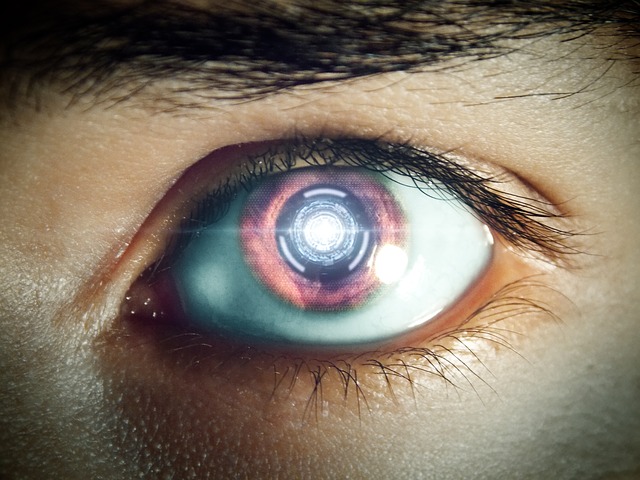
Think about how you’d feel if one day your eyes just stopped working and all you can see is blackness. You don’t even want to imagine, right? Because unlike physical pain that can be alleviated by medications, losing one’s eyesight is even more devastating since nothing can lessen the blow of not being able to see anything.
It’s not always that extreme, though. While there are around 285 million people around the world suffering from vision problems, only close to 40 million of those are completely blind, while the rest are just unable to see clearly for one reason or another. But that’s still a big number. And with the way everyone is now always focused on electronic gadgets (even kids as young as 2 years old are already being given their own tablets to play with), it won’t be surprising if the number of those who become visually impaired continues to grow exponentially, with many becoming afflicted at a younger age than before.
And that is why bionic eye scientists are working double time to find a solution. Their goal is clear: to develop technology that can make one see clearly again, much like ear implants can make one hear clearly again. The technology being referred to is bionic eyes. Yes, you read it right. It’s the stuff that used to be just for the movies. But not anymore.
There are a number of bionic eye implants being developed. So far, however, there’s only one commercially available bionic eye system. And it only works on visual problems caused by certain eye diseases. It’s known as Argus II Retinal Prosthetis System, and it’s from a company that aptly calls itself Second Sight.
Argus II is used to treat patients who are in the advanced stages of retinitis pigmentosa, a disease which causes degeneration of the retinal cells that are sensitive to light. It makes use of a camera mounted on a pair of glasses, and an array of electrodes implanted on the retina. Hinged on the condition that the person still has some functioning light-sensitive retinal cells, Argus II works by converting what the camera sees into signals that are transmitted to the retinal implant, which in turn stimulates the electrodes to transmit the information through the optic nerve so the brain can process it.
Right now, Argus II enables people to distinguish between light and dark, as well as see silhouettes and movement. But that’s all. It’s still far from being able to restore full vision. And it’s understandable because it only uses 60 electrodes whereas full vision requires about a million electrodes.
Aside from Argus II, Second Sight is working on another bionic eye project which they are calling Orion I and it aims to treat people whose vision has been affected due to diseases like cancer, diabetes, glaucoma and trauma. In such cases, optical nerves are practically dead, which means retinal stimulation will not work. So the goal of Orion I is to bypass the retina and the optical nerve, and go straight to the brain to light up what’s needed to be able to see.
The device to be used for Orion I has undergone its first test and the patient with the implant was able to discern lines, spots and colored flashes. These results show that directly stimulating the brain’s visual cortex is indeed possible. And so is the vision to restore the vision of those who have lost all hope of ever seeing again.
Another bionic eye in the making is the 256-electrode diamond device being developed at the University of Melbourne. Similar with Argus II, it is designed to stimulate the retina so the brain will be prompted to perceive the messages it receives as light or images. If successful, these bionic eyes will supposedly let users “recognise facial expression and read large print.”
So, restoring vision is the primary goal. But we’re in the age of AI and robots so it’s only natural that we seek to go beyond mere vision restoration. X-ray vision perhaps? If we can find a way to see more than just the normal spectrum of visible light, then maybe we can do so much more like see through walls, doors and other solid surfaces. Or we can have our own zoom lens so we can view objects in zoom version and see what it’s made of. In the case of a bomb, there won’t be any need to go near the bomb to determine how to disarm it. And maybe with bionic eyes we wouldn’t need telescopes anymore, we can just see as far as we want to.
Bionic eyes present infinite possibilities. But let’s not get ahead too soon. For now, the world will be thankful enough to have technology that can make blindness a thing of the past.

Leave a Reply